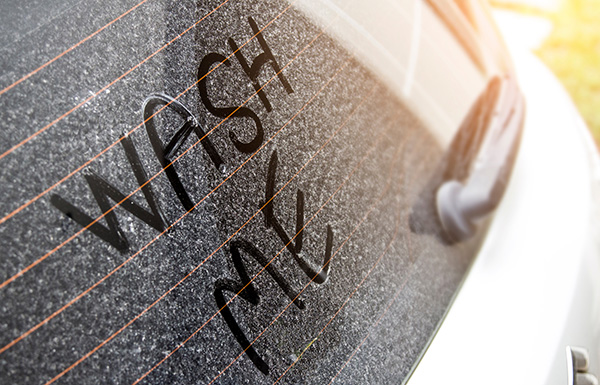
Living near the coast comes with its perks—beautiful views, pleasant weather, and the soothing sound of the ocean. However, the salt and sand in the air pose unique challenges for car owners on Merritt Island and other coastal areas. These elements can cause significant damage to your vehicle's paint and undercarriage if not properly managed. Let's delve into how these coastal conditions affect your car and how you can protect it.
The Impact of Coastal Sand on Your Car
Sand particles in the air near beaches can be abrasive, much like fine sandpaper. As you drive, these tiny particles can strike your car's paint, causing small scratches and chips. Over time, this constant barrage can wear down the paint, leaving the metal underneath exposed to the elements. This exposure not only dulls the appearance of your car but also makes it susceptible to rust and corrosion.
Furthermore, sand can settle in crevices and under the vehicle, retaining moisture and leading to corrosion. It can also clog drainage holes and contribute to the wear and tear of various components. Regular cleaning, particularly of the undercarriage, is essential to prevent sand from causing long-term damage.
The Corrosive Nature of Salt Air
Salt in the air is a significant concern for car owners living near the ocean. The salt-laden breeze from the coast can deposit salt on your vehicle, which can be highly corrosive. When salt accumulates on your car's surface, it can penetrate the protective clear coat and start eating away at the paint. This process can lead to rust, which can quickly spread and compromise the integrity of your vehicle.
The undercarriage is particularly vulnerable because it's constantly exposed to moisture and salt from the air and roads. This combination can accelerate rust formation, affecting the exhaust system, suspension, and other critical components. To mitigate these effects, it's vital to wash your car frequently, focusing on the undercarriage, to remove any salt deposits.
Protecting Your Car from Sand and Salt Damage
Regular maintenance and proactive measures are key to protecting your car from the damaging effects of coastal sand and salt. Here are some practical tips to help you keep your vehicle in top condition:
- Frequent Washing:Regularly wash your car, including the undercarriage, to remove sand and salt deposits. Using fresh water and a high-pressure hose can effectively dislodge particles and prevent buildup.
- Waxing: Apply a good quality wax to your car's exterior. Wax creates a protective barrier that helps shield the paint from abrasive sand and corrosive salt.
- Rustproofing: Consider rust proofing treatments for the undercarriage and other vulnerable areas. These treatments add an extra layer of protection against corrosion.
- Parking Solutions: Whenever possible, park your car in a garage or use a car cover. This reduces exposure to salt air and sand, especially during windy conditions.
- Regular Inspections: Periodically inspect your vehicle for signs of rust or damage. Early detection allows for prompt repairs before the problem worsens.
Why It's Important to Act Now
Ignoring the impact of sand and salt can lead to costly repairs and significantly shorten the lifespan of your vehicle. Regular maintenance and protective measures not only keep your car looking good but also ensure it runs smoothly and safely for years to come. Investing a little time and effort into car care can save you from major headaches down the road.
Don't let sand and salt ruin your ride! Bring your car to Robbie's At Your Service for professional care and maintenance. Book an appointment and keep your vehicle looking and running great all year round!